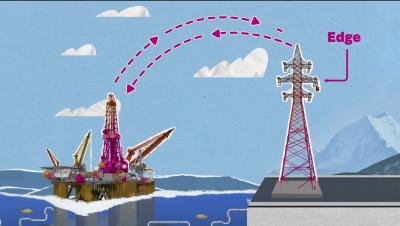Cloud Migration is hard especially in the public sector, but there is a way
As Sean Price discusses in his ‘2023 Public Sector Predictions’ blog, European government departments and agencies are under pressure to reduce costs, improve efficiency and provide a better citizen experience. Governments need to offer more services at higher quality at a time when it costs more to heat buildings and to employ people to run the services.











